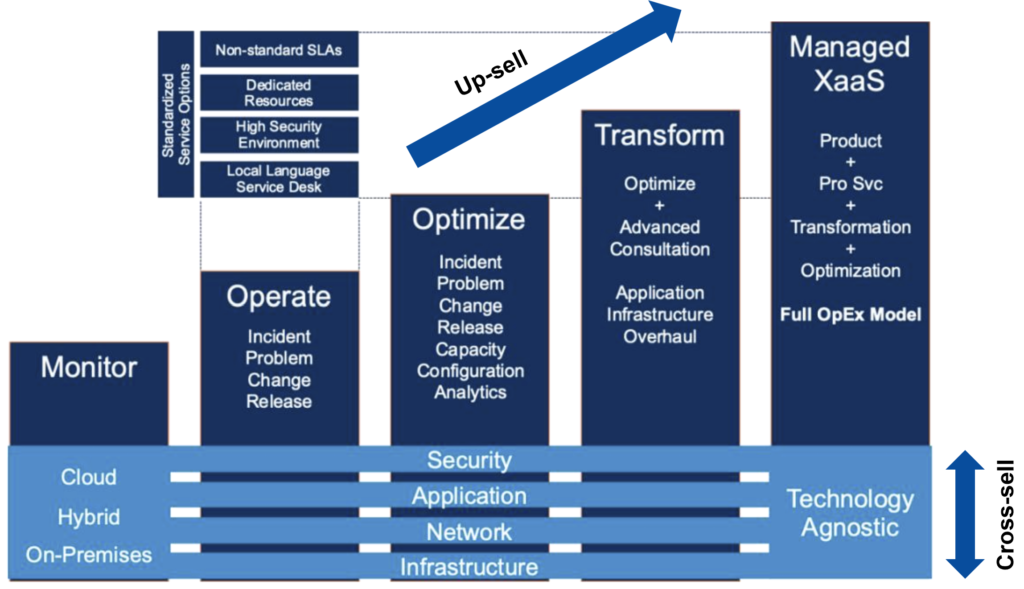| Customer Success tools [d] | Managed Services tools (ITSM tools) [e] |
Purpose | Customer success software is used by businesses to ensure that customers achieve the outcome that enterprises anticipate them to reach through interactions with the company as they use the product. By using this platform to track customer behavior, preferences, and usage patterns, the CSM can coordinate its success planning with greater accuracy and prevent the likelihood of churn. Unique in-built features include subscription health score, CTA workflow, etc. | IT service management (ITSM) platforms offer workflow management and related insights that enable organizations to design, automate, manage, and deliver integrated IT services and digital experiences. |
Metrics measure | Monitor Customer Success centric metrics such as:
| Monitor Managed Services centric metrics such as:
|
Workflow | Call-to-action is configured based on the change in the status of the health score. Trigger can be an alert for under-utilization, which leads to adoption intervention or over-utilization, which leads to an Expand engagement. | Workflow is based on ticket triggers from the workload environment. Usually, the trigger is an alert for rectification of an incident/problem. |
Examples of tool vendors | Gainsight, Totango, ChurnZero | ServiceNow, Jira, BMC |
Conclusion | Purpose-built for Customer Success, plug and play. However, requires additional budget and IT support. | The lack of in-built Customer Success-specific features such as color-coded health scores and CTA means that substantial customization is required to create these features. Unless the MSP has the programming expertise, can afford to wait for a period of time, or only wants to implement a subset of the Customer Success features, this option is not recommended. |



